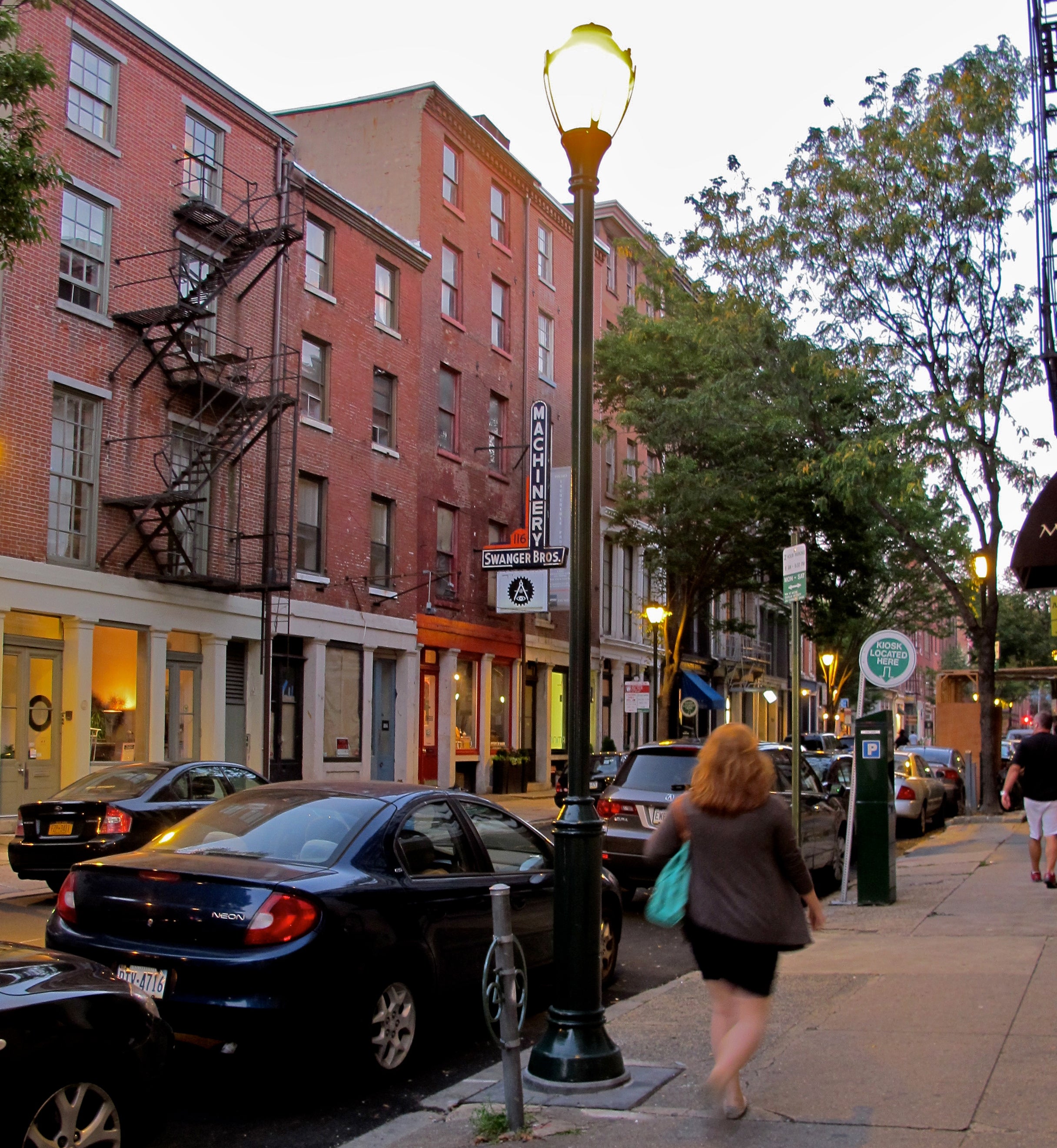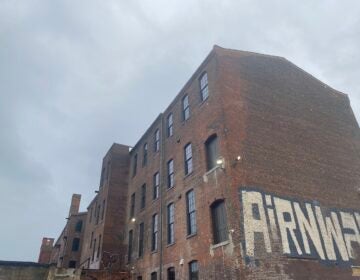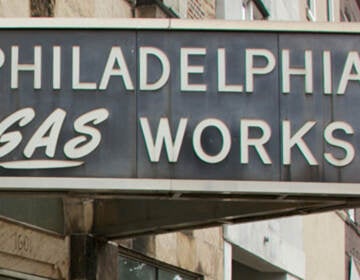July 19: Testing “eyes on the street” | Wells Fargo sued again | Philly’s First Navy Yard

A team of three statisticians and an architect released in June a study that tests the famous Jacobsian ‘eyes on the street’ theory, writes Jared Brey, contributing to NextCity. Using publicly available data, the researchers “investigated the correlations between public safety and population density, population count, zoning, business activity, and business hours.” Takeaways from the study (the first in a series) for policymakers are “tentative,” according to the authors, as “much more work, with better data, needs to be done.” One author notes, however, that most architects in the industry “accept the notion of eyes on the street as a matter of faith.”
The Delaware County borough of Sharon Hill has filed a lawsuit against Wells Fargo, claiming that the bank engaged in a “longstanding, unbroken policy” of discriminatory lending practices targeting minority borrowers, the Philadelphia Business Journal’s Jeff Blumenthal reports. The lawsuit also attests that the bank subsequently refused “to extend credit to minority borrowers seeking to refinance previously issued loans… when such credit was extended to white borrowers.” Citing a violation of the Fair Housing Act of 1968, the lawsuit “seeks relief and damages caused by the origination of discriminatory mortgage loans” as a result of Wells Fargo’s “unlawful practices.” The City of Philadelphia filed a similar lawsuit in May.
180 years ago today, the USS Pennsylvania was launched at the Philadelphia Navy Yard in “one of the most rousing public events in the city’s history,” writes Harry Kyriakodis for Hidden City Philadelphia. The Navy Yard’s original location, between what is now Washington Avenue and Federal Street, was the first naval shipyard of the United States and also home to “the world’s first floating sectional dry dock.” Kyriakodis tells the tale, accompanied by historic maps and drawings, of the shipyard’s early days, technical advancements, and the fighting ships “destined to play a part in the nation’s naval history.”
Philadelphia needs about 38,000 new apartments by 2030 to meet the projected growth in apartment households, renters, and population, according to a new report by the National Multifamily Housing Council (NMHC) and the National Apartment Association (NAA). The NMHC/NAA report ranks Philadelphia the fifth most restrictive metro area to build in, due to the city’s lengthy review process, lot size restraints, and specificities including affordable housing, open space, and infrastructure cost requirements, Curbed Philadelphia’s Melissa Romero reports. At the current average annual construction rate, Philadelphia is projected to build only 32,930 apartments by 2030.
A House panel has approved a bill to cut the EPA’s budget by $528 million, the Hill reports. Democrats broadly opposed the bill, while Republicans defended the spending cuts, saying the bill “allows the agency to pursue its ‘core’ missions.” Overall, the funding bill is worth $824 million less than the agency’s current spending levels, but $4.3 billion more than Trump’s budget request. The bill goes next to the full House for consideration.
WHYY is your source for fact-based, in-depth journalism and information. As a nonprofit organization, we rely on financial support from readers like you. Please give today.







